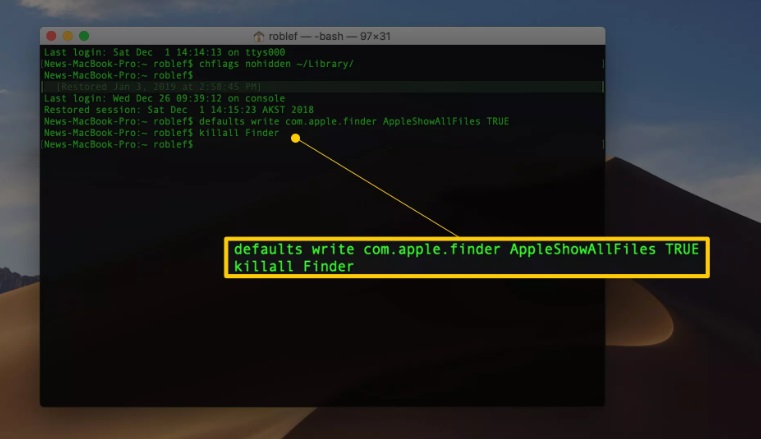

Note: Please do note that while dragging the file to terminal, make sure that the finder window and terminal window don’t overlap else this trick won’t work.Ģ. Type mv then open Finder and drag the file on terminal (this is to copy the full path of file to the terminal) mv /full-path/old-folder-name /full-path/new-folder-name Renaming a file via command lineġ. If the file or folder you wish to rename is not in the current working directory then you need to provide the full file name. If the file or folder you want to rename is in the current working directory(to check your current working directory just type pwd on terminal and hit return): mv old-folder-name new-folder-name Let’s get familiar with the syntax of mv command first: The mv command not only renames your file/folder, it can change the location of your renamed file if you wish to do so. In this guide, we will discuss it in detail. delete the protected.In my previous guide, I have shared four methods of renaming a file or a folder, in that guide I have discussed a little bit about renaming via command line.txt files located in the exercise-rm directory That’s all for today – thank you for learning with me! Before you go, here are some exercises for you. For that reason, you may need to use rm with the -i flag so that you can be prompted for confirmation. The rm command is used to delete one or more files located in the current directory – this operation is permanent. unlink can’t be used to delete multiple files.


To make sure you’ve successfully deleted all the files above, type ls.


 0 kommentar(er)
0 kommentar(er)
